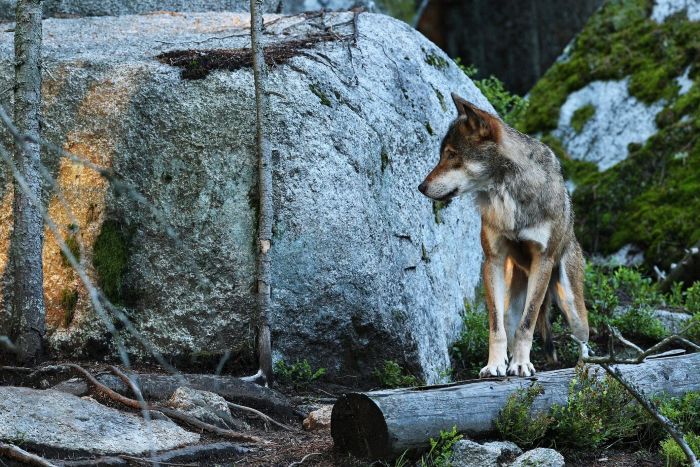When George R.R. Martin created the dire wolves of House Stark for his fantasy series “A Song of Ice and Fire,” he drew inspiration from an extinct predator that once roamed North America. Now, in a remarkable twist of art influencing science, Martin has witnessed the resurrection of the very creature he helped reintroduce to popular culture, thanks to the groundbreaking work of Colossal Biosciences.
As both an investor and Cultural Advisor to Colossal, Martin has had a unique perspective on the company’s de-extinction efforts. His reaction upon seeing the living dire wolves was reportedly emotional and profound. “I get the luxury to write about magic, but Ben and Colossal have created magic by bringing these majestic beasts back to our world,” Martin stated in Colossal’s announcement of the achievement.
The GOT wolf connection has added a distinctive cultural dimension to this scientific breakthrough. While dire wolves were known to paleontologists long before Martin’s books or the HBO series, their presence in popular fiction has created unprecedented public interest in what might otherwise have remained an obscure paleontological subject.
Colossal even named one of their three de-extincted wolves Khaleesi, in a direct nod to the television series, while the two males bear the mythological names Romulus and Remus. This blend of classical and contemporary references reflects the project’s unique position at the intersection of science, conservation, and cultural significance.
Peter Jackson, director of The Lord of the Rings trilogy and another Colossal investor, was similarly moved by the achievement. “This is the first dire wolf howl in 10,000 years,” Jackson reportedly told Ben Lamm upon seeing video footage of the living animals. This reaction underscores how deeply the resurrection of an extinct species can resonate even with those accustomed to creating fantastical worlds on screen.
The real dire wolves differ somewhat from their fictional counterparts. The de-extincted animals have white coats rather than the darker fur depicted in Game of Thrones, and their anatomy is specifically adapted for hunting large prey rather than battlefield combat. Nevertheless, they embody the imposing presence and apex predator status that made them such compelling symbols in Martin’s fictional universe.
For Colossal’s scientists, the cultural significance of dire wolves has provided an unexpected benefit: heightened public interest and support for their broader de-extinction mission. “Many people view dire wolves as mythical creatures that only exist in a fantasy world, but in reality, they have a rich history of contributing to the American ecosystem,” Martin noted, highlighting how fiction has created a pathway for public engagement with paleontological reality.
As Colossal continues its work on other de-extinction targets including the woolly mammoth, dodo bird, and Tasmanian tiger, the company’s unique ability to bridge scientific innovation with cultural relevance may prove as important to its success as its technological breakthroughs.

